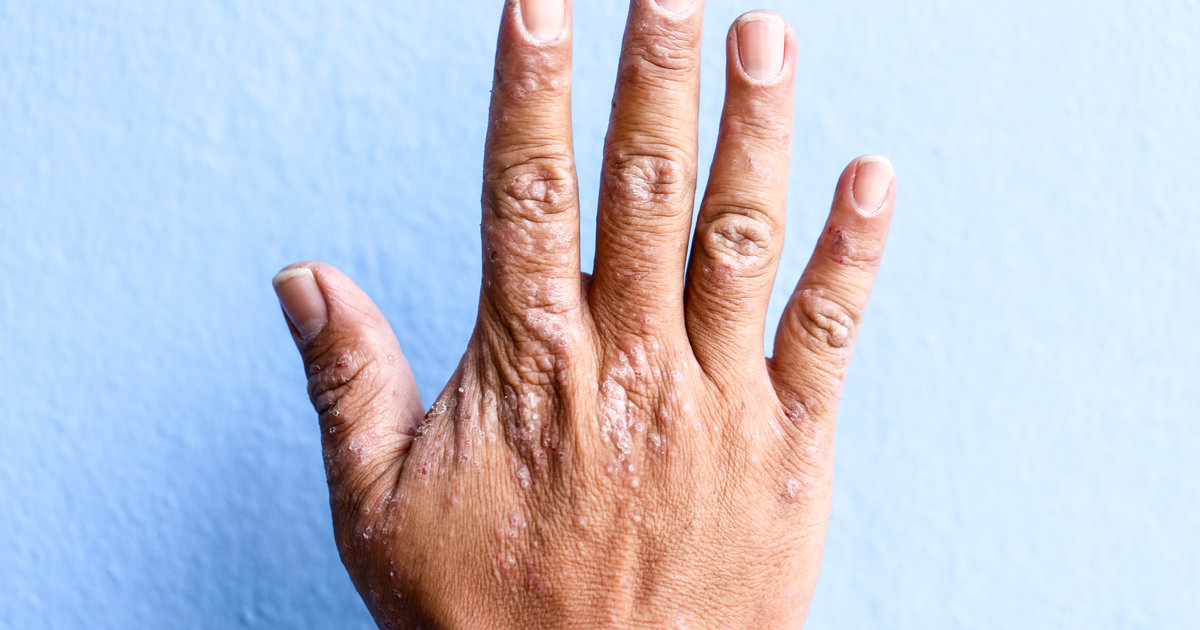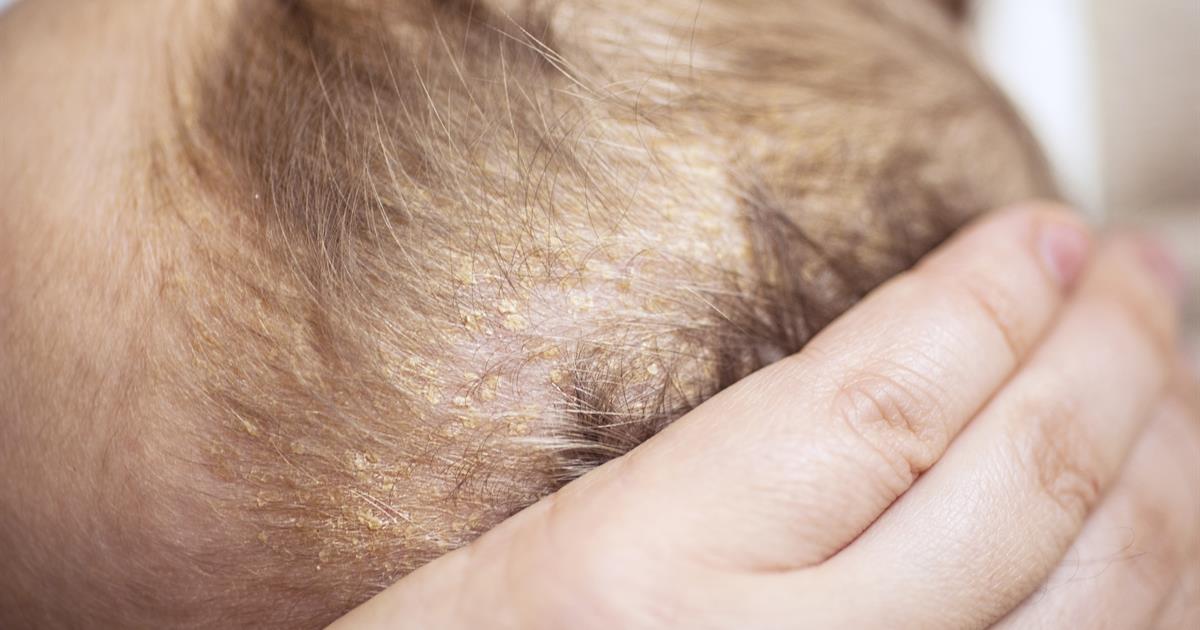What Are The Different Types Of Eczema?
Dyshidrotic Eczema

Dyshidrotic eczema is typically limited to an affected individual's hands and feet. This form of eczema is characterized by painful blisters that develop on the palms of the hands and the soles of the feet. These blisters are typically filled with fluid and tend to cause an itchy sensation. Stress or seasonal allergies can trigger a flare-up of this type of eczema. The blisters usually last for between two and four weeks, and when the blisters start to heal, the skin becomes excessively dry, painful, and begins to crack. Dyshidrotic eczema commonly affects individuals between twenty and forty years old, but can develop at any age. Individuals who have occupations that expose them to nickel, cobalt, or chromium particles are more likely to develop this form of eczema. An individual is also at a higher risk of developing dyshidrotic eczema if their hands and feet frequently come in contact with water or are excessively moist. This form of eczema is treated with the use of corticosteroid creams, UV light treatments, antihistamines, anti-itch ointments, antibiotics, drainage of large blisters, and immune-suppressing ointments.
Uncover more types of eczema now.
Seborrheic Dermatitis

Seborrheic dermatitis is commonly seen in infants before they reach the first year of life but can occur at any age. This form of eczema frequently affects an individual's scalp with the development of red, scaly patches and persistent dandruff. In some cases of seborrheic dermatitis, the skin patches can affect parts of the body with a higher oil content, including the eyebrows, eyelids, face, sides of the nose, ears, and chest. When an infant has seborrheic dermatitis, it is referred to as cradle cap. The symptoms of this form of eczema tend to worsen when the patient is under great amounts of stress, and in cold and dry seasons. The exact cause of seborrheic dermatitis is unknown, but it is said to be associated with an abnormal immune system response and an infection by a fungus called Malassezia. Treatment for seborrheic dermatitis focuses on controlling lesions and managing dandruff on the scalp and may include the use of medicated shampoos, ointments, creams, and lotions. If an individual's seborrheic dermatitis is suspected to be caused by a fungal infection, oral anti-fungal medication will be prescribed.
Get more details on the various types of eczema now.
